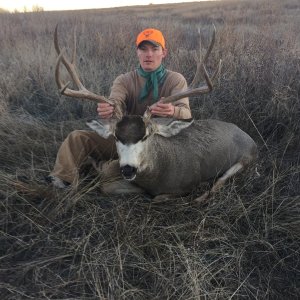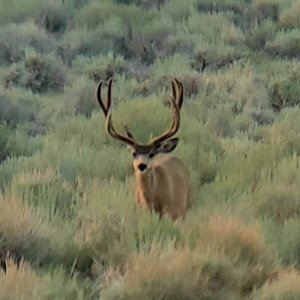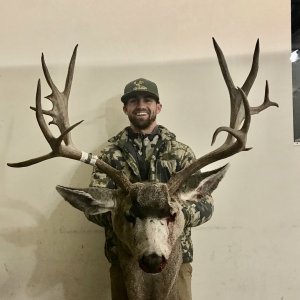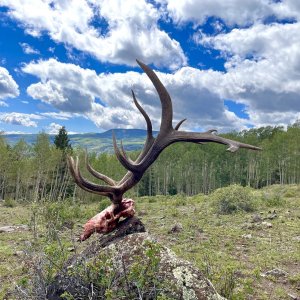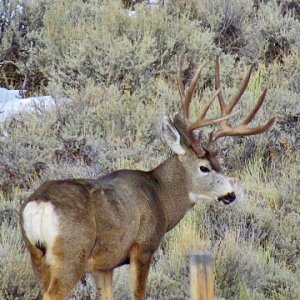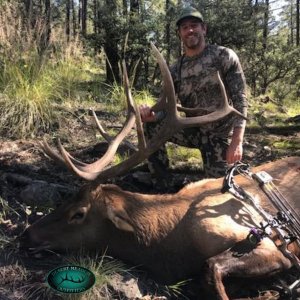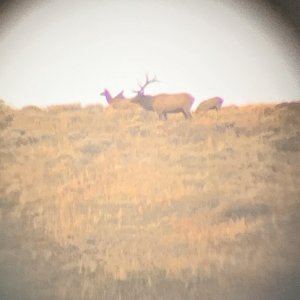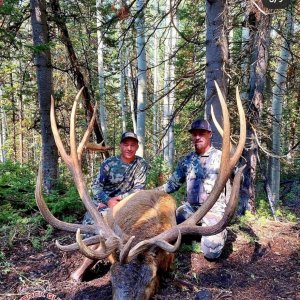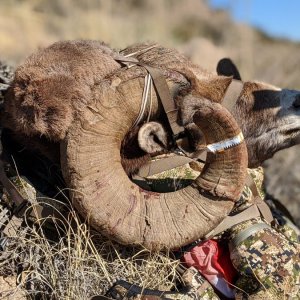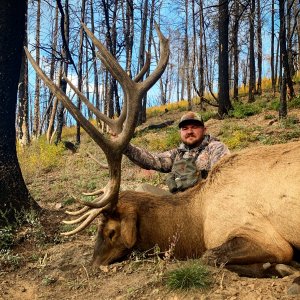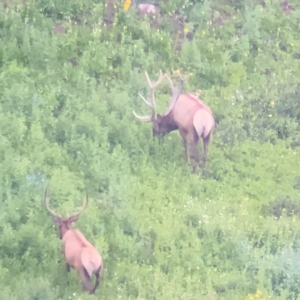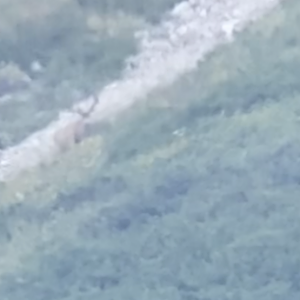I worked at Colorado State University doing invasive weed research for 28+ years and now work for Boulder County Parks and Open Space. We manage over 200,000 acres of which most of it has cheatgrass! Many of our properties have critical wildlife habitat with diverse, rare, and endangered species. It's been a joy seeing color and life brought back to these diverse ecosystems that previously were a cheatgrass moniculture! This is the most exciting thing I have worked on in my career devoted to invasive weeds and range management!
We've done several aerial applications to control cheatgrass under ponderosa pines and in rough country that is critical winter habitat for deer, elk, and other wildlife. We've also sprayed over 2,000 acres of cheatgrass with tractor the past few years. The results we are seeing is literally amazing! We've presented several posters and presentations with data at the SRM, annual weed conferences, and other meetings. This data is consistent with what other university professors and researchers are finding throughout the Western US.
Yep, deer will eat cheatgrass in early spring when it is green. Unfortunately cheatgrass competes with vital early spring moisture that native shrubs and forbs that are vital for muledeer, pollinators, and other wildlife through the remainder of the spring, summer, fall, and winter. Once dried out in early spring cheatgrass is useless and a severe wildfire hazard.
Esplanade is so effective on annual weeds that Wyoming and other states recently got an emergency order to allow them to use Esplanade to control ventenata and medusahead in grazed areas (it is so new it hasn't gotten a grazing label yet). There are no other herbicides available that effectively control ventenata and medusahead in a range setting for extended years. Esplanade is manufactured by Bayer and I have a relative that works for the company.
The more in depth we look the more benefits we see to cheatgrass control. Not only is habitat improved for deer, elk, and wildlife but we are finding pollinators and ground nesting birds favor areas without dense cheatgrass thatch and the release of native forbs and other flowering plants. Another researcher found that bobwhite quail favor these same areas where cheatgrass is controlled. I've also noticed a dramatic increase in nests from ground nesting birds in areas where cheatgrass is controlled....something else we plan on monitoring in detail this year.
If you would like any specifics on cheatgrass or cheatgrass control please send me a message. I'd be glad to chat with you! If you would like to view or tour sites we've controlled cheatgrass look me up and I would be glad to show you the results! It's amazing!

